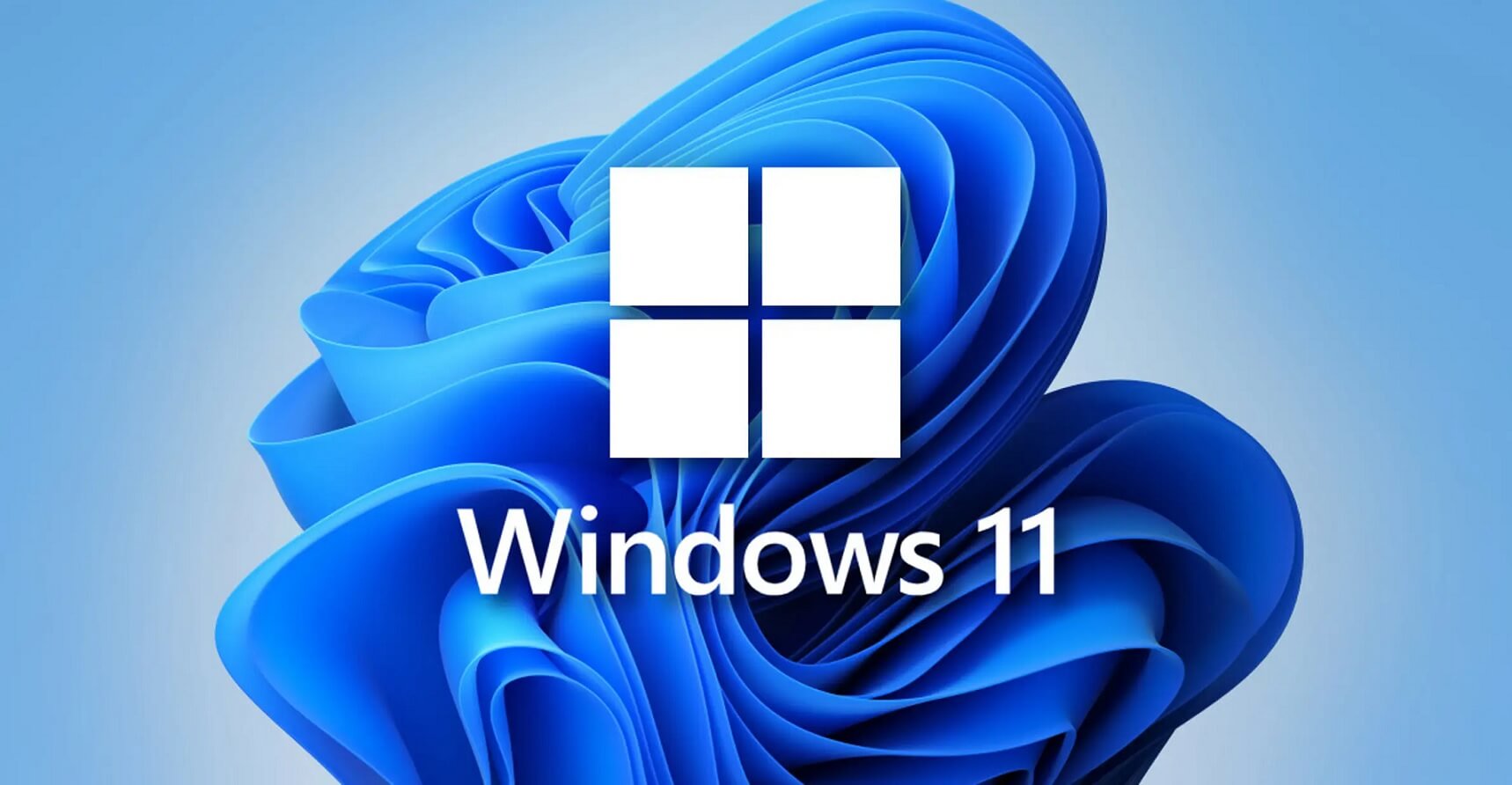If you want to carry out a new installation of Windows 11, create a new installation file using the Windows Media Creation tool. This allows you to install Windows 11 on any new device.
Step 1: Go to Windows 11 on Academic Software. Go to versions and select ‘Windows Media Creation Tool. Then click on the button ‘Download Media Creation Tool’.
Step 2: Open the .exe file in your download folder.
Step 4: Select the desired language and click on Next.
Step 5: Choose the following medium:
- USB flash drive: Connect an empty USB stick of at least 8 GB. All content on the USB flash drive will be erased
Step 6: Once the installation medium has been created, follow the steps below to use it.
Installing Windows 11 using the installation medium
Step 1: Connect your USB stick on which you want to install Windows 11.
Step 2: Reboot your PC and start Windows from the boot device (USB stick) you created. To choose your boot device, you will need to press a key when your PC (re)boots.
At the bottom, you may see ‘Boot menu’ with the key you need to press next to it. If ‘Boot menu’ is not an option, you will have to go to your BIOS or UEFI settings, or change the boot order there. (Possible keys to enter these menus are F2, F12, Delete or Esc).
Step 3: Once you have succeeded in booting Windows from your installation medium, choose the language, time zone and keyboard settings. Then click on Next.
Step 4: Click on ‘Install now’.
Step 5: Go to Windows 11 on Academic Software. Request a licence by clicking on the request button and copy it. Then enter it and click on Next.
You can also choose to skip this step and enter the licence later after logging into Windows. In this case, select ‘I have no product key’. Then choose the Windows version you want to install.
If you want to use an Academic Software licence, you should choose ‘Windows 11 Pro Education’.
Step 6: Accept the Licence Agreement and click on Next.
Step 7: Here you have two options:
- Upgrade: Install Windows and keep files, settings and applications Choose this option if you want to upgrade Windows. All files will be retained. This option is only available if a Windows version is already running on your computer.
- Custom: Install Windows only (Advanced) This option will reinstall Windows. All files on the computer will be deleted.
Step 8: Windows will then be installed. This may take a while depending on the speed of your computer.
First start-up of Windows 11
After Windows has been installed, your computer will reboot. Then go through the boot procedure to start using Windows.
Step 1: Select your region and click on Yes.
Step 2: Select the desired keyboard layout and click on Yes. Add a second keyboard layout if required.
Step 3: Name your computer and click on Next. Click on ‘Skip for now’ if you want to do this later. Your computer will then restart.
Step 4: Choose how you want to set up your device and click on Next.
Set up for personal use: Sign in with your personal email account and have full control of your device.
Set up for work or school: Choose this option if you want to add your device to a school or work account. This can be useful to access your organisation’s applications or tools.
Step 5: Sign in with your Microsoft account and click Next. If you don’t have one yet, you can always create a new account by clicking ‘Create one!’.
Step 6: Click on ‘Create PIN’ and create a new PIN. You will always be able to log in with this PIN code, so choose one that is easy for you to remember.
Step 7: If you have synchronised your files with your Microsoft account via OneDrive, you can restore them so that they are immediately accessible on the new installation of Windows. Choose ‘Restore from … (backup name)’. Otherwise, choose ‘Set up as new device’.
Step 8: Click on Next.
Step 9: Choose ‘Back up my files with OneDrive’ if you want to synchronise your files with OneDrive to have your files available in case something goes wrong with your computer for example. Choose ‘Don’t back up my files’ if you want to disable this option. You can still set this option after installation.
After you have completed the steps to install Windows 11, check that all the necessary drivers have been installed. To check for updates now, click on the Start button and go to Settings > Windows Update. Select ‘Check for updates’. You can also go to your device manufacturer’s support site to check for any additional drivers.
